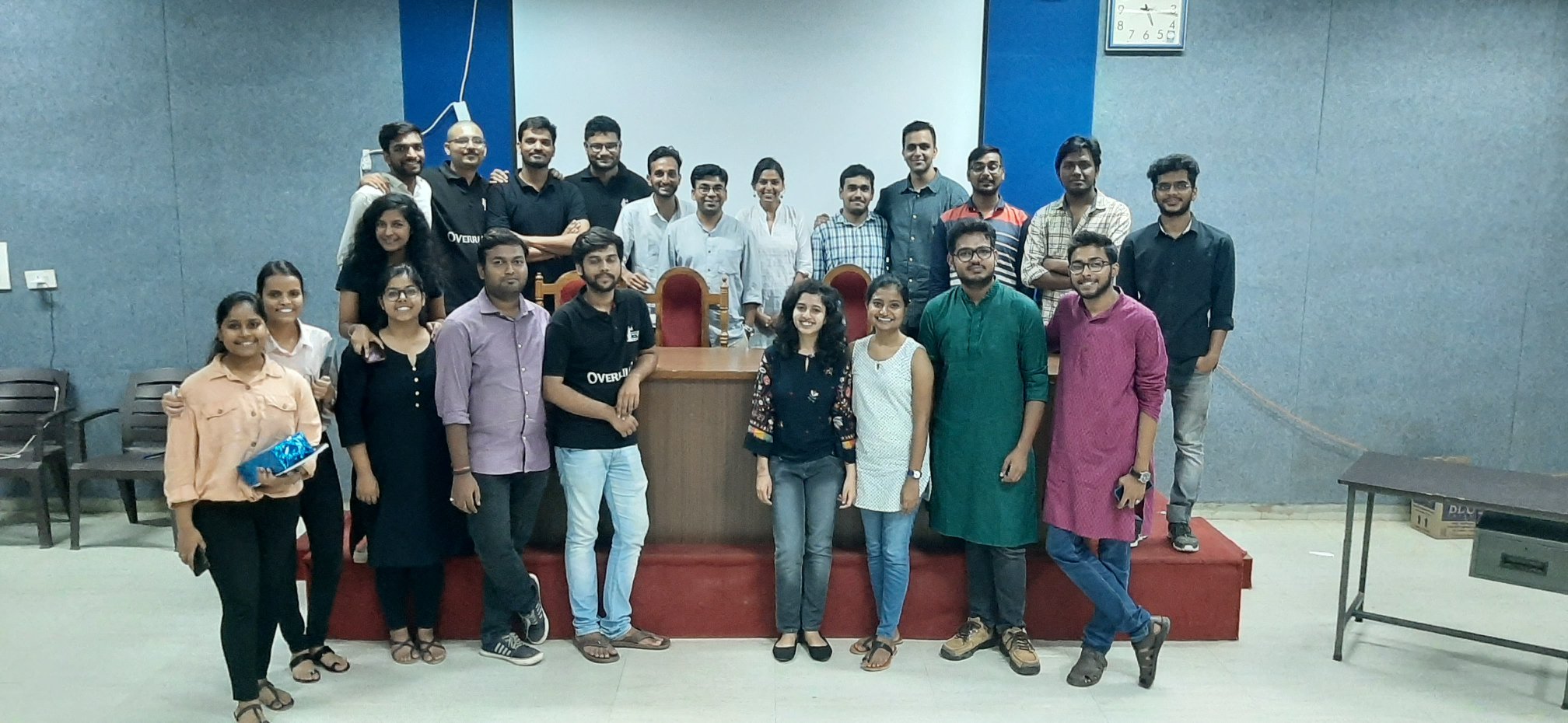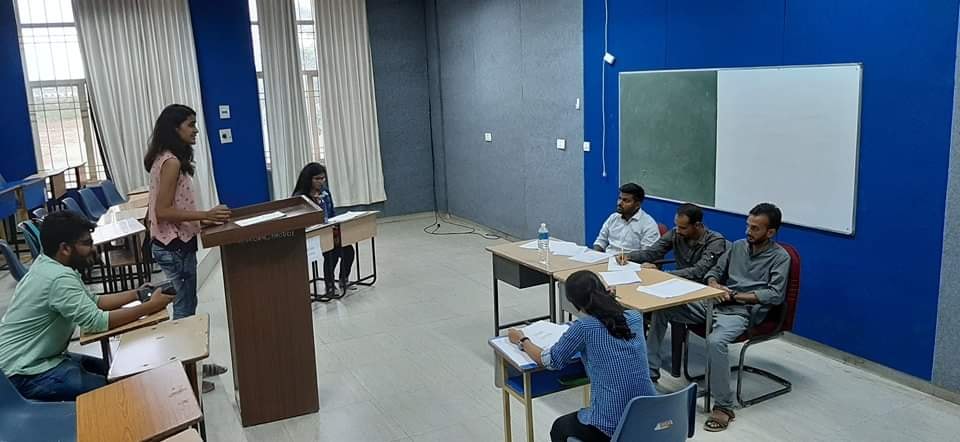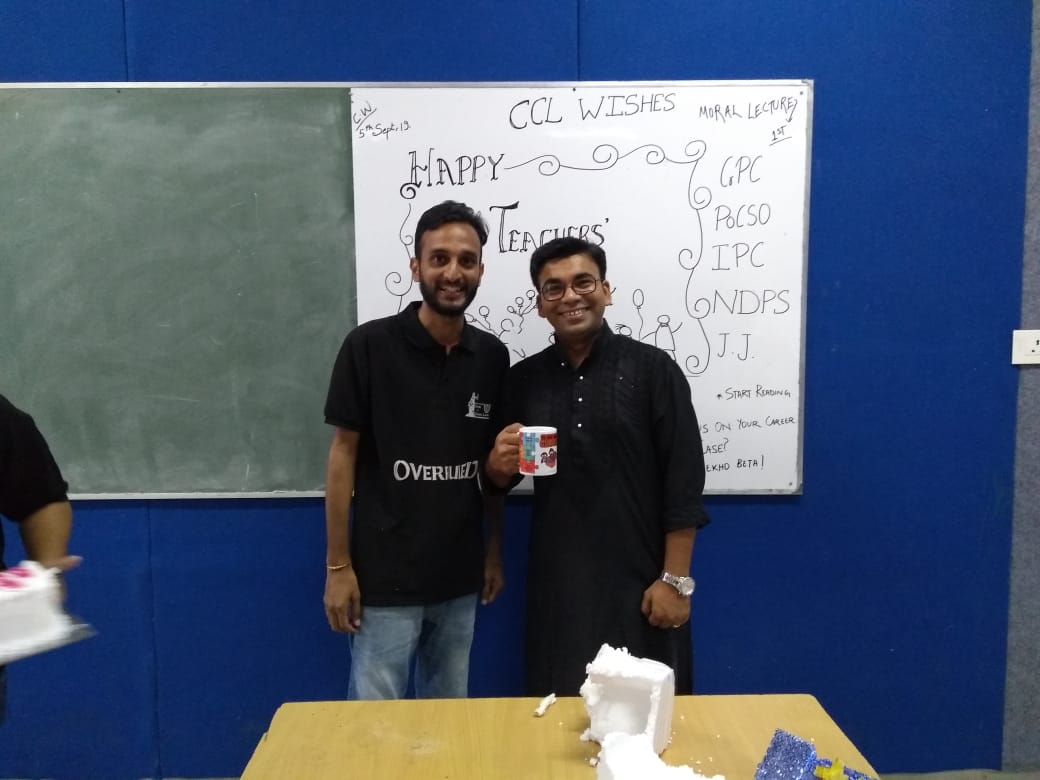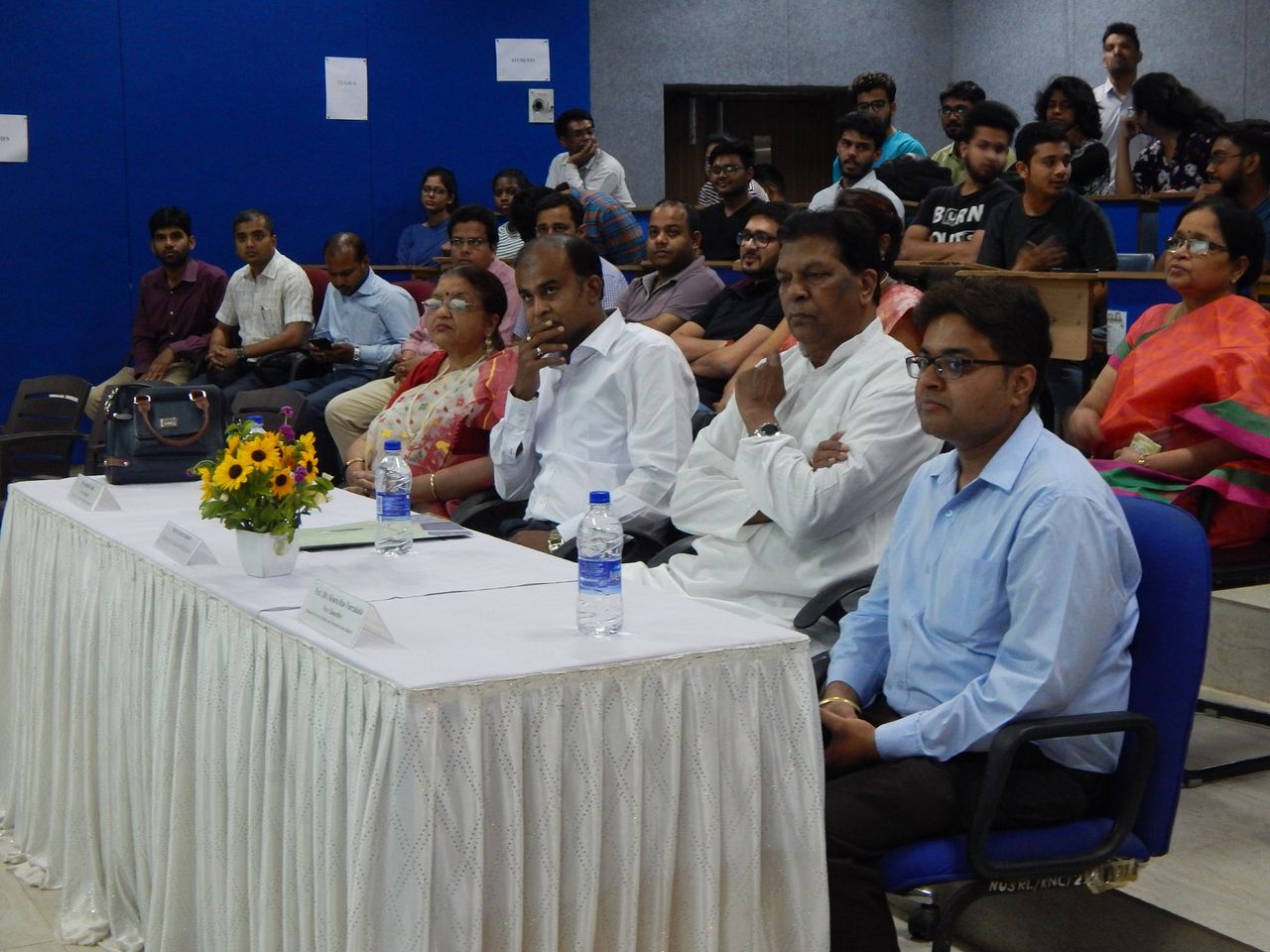Authors: Keshav Kulshrestha is a 3rd year law student at Institute of Law Nirma University and Arihant Sethia is a 2nd year law student at Gujarat National Law University.
“Law should not sit simply, while those who defy it go free and those who seek its protection lose hope”.
INTRODUCTION
In the intricate complexities of criminal justice, generally, the overlooked figure is the victim – the individual whose life is irrevocably altered by an act of wrongdoing. The pursuit of justice should not end at the conviction of an offender; it should extend to the holistic support, compensation and rehabilitation of the victim. This understanding has given rise to victim compensation laws, an essential facet of any society’s legal framework aiming to restore the balance between crime and restitution.
Before delving into the core of the matter, it is imperative to underscore the significance of victim compensation. The journey from crime to conviction can be harrowing, and its consequences may reverberate far beyond the courtroom. Victims often find themselves struggling not only with physical and emotional trauma but also with the financial burden that crime brings. By recognizing the right to compensation as an integral part of the larger ‘right to life’, the Indian judiciary has endeavoured to provide solace to victims and redress their grievances.
Over the years, India’s legal landscape has witnessed amendments that seek to bolster victim compensation mechanisms. Two crucial sections within the Criminal Procedure Code, Section 357 and Section 357A of the Criminal Procedure Code (hereinafter CrPC) serve as the cornerstones of victim compensation in India. These provisions aim to ensure that victims receive not only acknowledgement for their suffering but also tangible restitution.
The article aims to unveil the cracks in the existing victim compensation laws across the country and explore the bottlenecks that hinder the victims from seeking the justice that they deserve and are entitled to. Through an insightful analysis, and a thorough examination of legal provisions, we highlight the challenges that persist in the present system and immediate reforms that are called for. By bridging the said gap, the article aspires to contribute to a system where the victims of crime no longer are sidelined but instead are empowered, supported, and duly compensated for the wrongs they have endured and inflicted upon.
BOTTLENECKS IN VICTIM COMPENSATION LAWS IN INDIA
The United Nations General Assembly in the year of 1985 adopted a declaration Called “The Basic Principles of Justice for the Victims of Crime and Abuse of Power” comprising of different jurisprudence among the countries governing the Compensation to victims. The declaration outlined the definition of Victim and identified the fundamental rights that victims are entitled to. Although India was among the first countries to ratify this convention, it took nearly twenty-three years to introduce and define the word victim in its very own codified legislation. Along with this, a number of changes to the code were made in an effort to revolutionise the grey area of Victimology. With the addition of 357A in the CrPC, the states are now required to formulate the Victim Compensation Scheme (hereinafter VCS) for their respective jurisdictions. However, this provision is rendered toothless and ineffective with the presence of various obstacles present in the course of getting justice.
Non-Uniformity in Schemes across India:
Pursuant to the mandate by the legislation, many states formulated their respective VCS. However, these programmes lack a uniform framework across India and are instead frequently created at the whims and fancies of the executive bodies. This doesn’t only infringe upon the right to equality enshrined under the Constitution but rather defeats the whole purpose of the Legislation. For example, the quantum of compensation to be awarded to rape victims is up to Rs.25,000 in Chhattisgarh and Rs.10,00,000 in Goa. In a Nation, where everybody is subjected to similar procedural and substantive laws, there lies a futile meaning in having vast differences with regard to providing compensation to the victim under the VCS of the respective states. This becomes worse in the case of continuing offences, such as kidnapping, where multiple state jurisdiction will be applicable. In this sense, it will be a gross injustice to the victim when his case is tried where the amount of compensation is meagre.
In addition to this, the quantum of compensation, the procedure laid down, the standard and grounds for compensation and the statute of limitation of application also vary from state to state. The state of Delhi and Goa specifically mentioned the list of documents required to file for establishing a claim, but unfortunately, that is not the case with the other states, making it even more difficult for victims to receive timely justice. The non-uniformity in the VCS poses a serious question that in the largest democracy, where everyone is equal before the law then why implementation of the law is different among the people of one another?
Ignorance of The Judiciary:
Even after the addition of the sections like 357A, there has been considerable observance of the seldom exercise of power by the Judiciary under this provision. In the case of Hari Krishna & State of Haryana vs UOI, the Supreme Court, while reprimanding this approach, highlights the insensitivity of the judges in invoking the provisions of compensation, which again defeats the purpose of the legislation. It is needed to be understood that the victim is not just a mute spectator but a person with whom the crime has been committed, and it’s the duty of the state whose failure to uphold law and order in society has ultimately led to the crime. Thus, it’s the collective failure of the Criminal justice system when compensation is not granted to the victim.
In the same case, the court also observed that the payment of compensation must also be reasonable, taking into account not only the gravity of the offence but also the capacity of the accused to pay. However, this approach is deeply problematic, as most of the accused involved in the heinous crime belong to the lower strata of society. An approach like this further deters the Courts while granting compensation considering the poor financial background of the accused.
Under Reporting and Non-reporting of the Sexual Offences:
It is no doubt that India is deeply embedded in a patriarchy where the fate of the women are still decided by the male members of the family. The gender bias, especially in rural areas, cannot be denied. This kind of environment resulted in unprecedented pressure and an invisible force over women, discouraging them from reporting sexual offences at home and workplace. The unfortunate reality of this nation is that women are held accountable for the rapes committed against them. A background such as this is a huge setback to the VCS when the subject matter beneficiaries aren’t able to seek the assistance they deserve. A central fund called Nirbhaya Fund was established by the central government in 2013 with a $3600 total corpus. 90% of the total funds allocated were still unused as of November 2019. The data itself shows the huge gap between the formation and execution of schemes.
Further Loopholes:
In addition to the above-stated gaps, other issues, such as, the presence of a singular body, such as a District or State Legal Service Authority, offering support to both the victim and the accused, creates a complex scenario. This entity is responsible for furnishing legal aid to the accused and simultaneously serves as the forum for submitting compensation claims. As a result, maintaining an impartial stance while dispensing justice to both facets of the legal system become a challenging and conflicting task. Secondly, over the years, the amount of compensation that can be availed by the person of sexual offence has increased, but this does not include all the victims of sexual offences. The amount of compensation is still the same and not increased for non-female victims. Thirdly, hostile victims are not eligible for compensation. There is a need to understand the circumstances under which a victim becomes hostile. In India, where dignity is considered all the way above anything, it becomes normative to withdraw the case under the pressure of society, family and other institutions. Thus, this also became one of the serious impediments to ensuring complete justice.
FINDING SOLUTIONS
Unlike Western Countries, statutory laws in does not provide compensation as a matter of right, leaving it up to the discretion of the magistrate. The courts are not under compulsion to provide compensation to the victim. The legislation should identify a list of offences and make a mandate over the courts that once it is established that the crime committed is one of those on the list, compulsory compensation should be awarded to the victim.
To make the compensation process more expedited, just and fair, a separate body dealing with the compensation needs to be established. Currently, DLSA and SLSA are already overburdened with legal aid works. The separate body will ensure justice for the victims and prevent conflict of interest. Making it more accessible to the people portal for E-filing of applications can be made, which will help in countering red-tapism and other bureaucratic hurdles.
In addition to this, the definition and meaning of the victim identified in the code should be viewed from the standalone and independent point of view to that of the Victim, separating it from the association with the accused. While the amendment made to CrPC to 357 A in it was in the right direction, the problem is in the implementation of the same. There is no doubt that the use of power mentioned under the sections is very rare by the lower courts. There is a need for victimology to reinstate confidence in the criminal justice system, for which the need is not to impose a harsher sentence on the criminal, rather, it will be restitutive measures that will provide justice to the victim.
CONCLUSION
It is no doubt in the last two decades that, there has been a major shift in our criminal justice system from offender focused to victim oriented. The changes and the amendment in the code suggest the progressive approach of our lawmakers towards the welfare of victims. However, there still lies a large lacuna that is needed to be addressed to make the VCS and laws achieve its objective. A huge effort has been required to strengthen the administrative mechanism to make it more “Just, Fair, Accessible and Inexpensive.” Lastly, it is crucial to keep in mind that no amount of compensation can make up for the victim’s humiliation and mental anguish, but at least receiving compensation would give the victim a little solace even if his lost honour cannot be fully restored.







Leave a comment